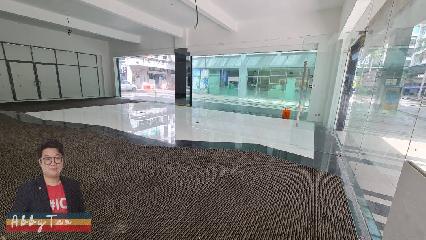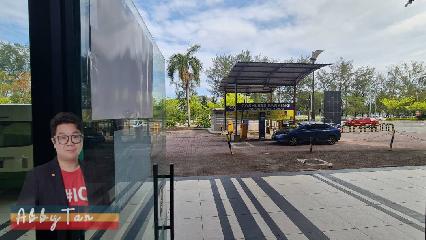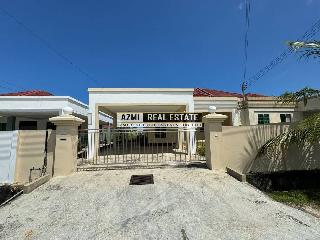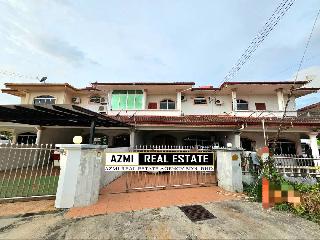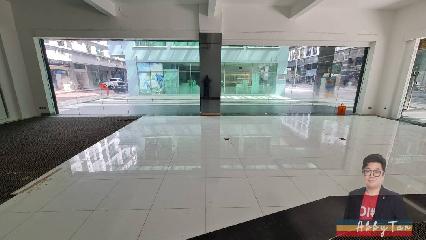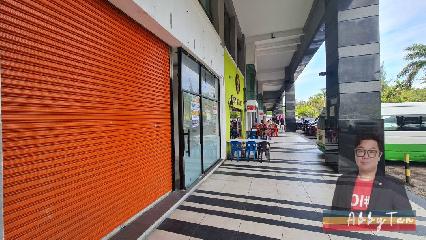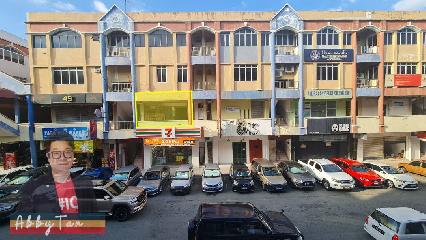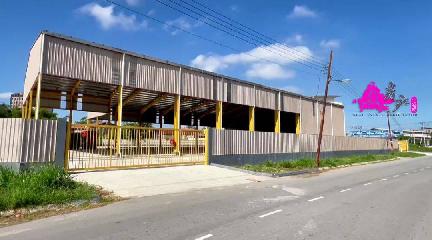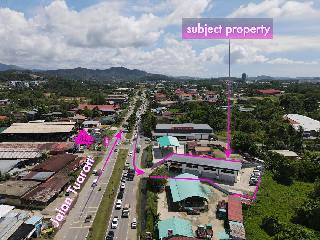Building homes need not always be difficult. An ounce of creativity can save more than its weight in cash. Thinking outside the box is the key. With the current challenging economy, the rapid increase in population and our unsustainable ways of living have forced people to consider more affordable and more sustainable ways to live.
Affordable, low-cost homes are an idea that needs to be addressed and put into focus. For those with low and middle-income families, not only is housing their single biggest expenditure, but their house is also their greatest source of wealth. With the current global economic challenges, people are also starting to question about what they spend on and what is really needed. As lifestyle habits are changing, so are the demands and trends in housing. There is now a realisation that there is no reason a house should have to cost so much. The mindset now is that a simple home can be built within a specific budget and still be beautiful, and meet the needs of the family it shelters.
Through clever and innovative designs, many of today's low-cost homes, are often superior in strength, durability, and safety compared to the current cookie cutter housing, but the code just isn't written to accommodate different materials than wood or brick.
Here are some examples of affordable and eco-friendly alternative housing that you can turn into your own.
1. Shipping Containers
Shipping containers cost a little bit more than some of the other methods, however, their durability more than makes up for the cost. People are building actual homes from these containers. It's called cargo container architecture.
Containers are meant to be tough. They are built to handle heavy loads, harsh climate conditions, and are handled by cranes. It can also be easily stacked to form multi-story homes or apartments. These sturdy houses can be welded together and built in a very short time, and handle just about anything that is thrown at them.
2. Tiny Houses
Tiny houses are stirring a lot of interest these days. The realisation of unused space, the need for unnecessary and unused things and the high cost that comes with living in the city centre has forced many to rethink about what a home should be.
A tiny house is defined as any house that is less than 600-square feet, but some are a lot smaller than that. Some tiny homes are built on wheels, both to make them portable and to avoid building codes in some areas. There are thousands of ways to design a tiny house, and more are being created every day.
Tiny low-cost homes are perfect for singles, and couples who want to take on a minimalist philosophy. Some families with children even take on the tiny house concept. Smaller homes are easy on the utilities and are perfect for off-the-grid applications because they use so much less electricity.
3. Modular or Manufactured Homes
Buying a new or used manufactured home may not be as inexpensive as some options but it is still less expensive than the cost of the average home. These houses are residences built in a controlled factory environment in sections or modules and then transported to the construction site. There, they are installed on permanent foundations and completed by professional installers.
Modular homes can reduce construction time by more than 35 percent, getting you into your new home faster so you can enjoy it longer. Site-built homes can take many weeks to complete, while modular homes are assembled on site and usually finished within a week.
4. Prefabricated Homes
Prefabrication has proved its worth in the past and is ideal for creating the sustainable, low-cost housing that many countries need today. The homes of the future will not only be more sustainable and affordable—they will also be much faster to build. Prefab architecture is paving the way, and now there's more variety than ever to choose from. From a green-roofed hobbit home to a modular net-zero abode, these eco-friendly dream homes that can be snapped together in three days flat (or less!) almost anywhere in the world.
5. Pop-up House
A pop-up house is affordable to build thanks to inexpensive materials and quick assembly. It continues to be affordable over time due to its low energy consumption. Thanks to the simplicity of the concept (it's like building a Lego house), building a house is an enjoyable and quick experience: in only two weeks the frame of the house with the windows can be built.
The structure is simple to build and comprises a spruce wood frame, laminate veneer wooden floor, and expanded polystyrene insulation blocks, and everything is held together using wood screws. Pop-up houses have been commercially available since April 2015 in France and some European countries.
6. Pallet House
Pallets are cheap or free to find, so it's no wonder they have become popular materials in the alternative building. Your house won't be a fortress, but it would certainly work for temporary survival. It's important to find a surplus of high-quality wooden pallets that have been chemically treated to avoid bacteria, insects, and fungus.
7. Converted School Buses
If you've watched TV, then you've probably heard of people taking old school and church buses and turning them into their new tiny houses. From the outside, it will look like a regular well-restored boxcar, but its interior is very stylish and modern. Well, you could do the same. It wouldn't be much different than refurbishing an old RV.
8. Tree houses
The kid in all of us has dreamed of having an amazing treehouse, complete with all the necessities of living. Some amazing (and hidden) tree houses can be made with limited budget and training. One of the great things about tree houses is that you can scrounge for them. The most important thing is to make sure to select a sheltered location and the right trees, with healthy roots and no disease.
9. Straw Bale Houses
Building a straw bale and plaster house is a low-cost and environmentally friendly way to create a home. This guide covers the materials and methods you might use to build a straw bale house, a house that can last hundreds of years, is energy efficient and is cheap to maintain. For simplicity, this article will not include instruction on the installation of services such as natural gas, electricity or water and sewer: It covers only the details about how to build the shell.
10. Bamboo House
Bamboo is one of the most amazingly versatile and sustainable building materials available. It grows remarkably fast and in a wide range of climates. Moreover, a bamboo house design is a type of building which is believed to be the most resistant to shocks of the earthquake
Built for resiliency, a bamboo house is typically elevated on precast concrete pillars to prevent the risks of floods. However, families would also have the choice in filling the ground floor if they wish to. A split-roof and operable shutters allow natural ventilation to flow through the home, while the angled and overhanging canopies reduce heat gain. Naturally, bamboos can save the fresh night air and then release it when it's exposed to the heat of the sunlight.
The world would be a better place if housing was made more accessible and affordable for everyone. But the reality is, the supply and demand have made it too expensive for most, at least to the size of the house that we're accustomed to.
If houses were smaller, more efficient and easier to build, this reality could change. Changing the size of our houses requires us to change the way we perceive the definition of the home; maybe simplifying the way we live, evaluating the importance of material possessions and reducing the consumption of goods. It's a tall order for a society that uses designer labels as status quos and sees huge sprawling mansions as a measure of success.

.jpeg)
_PH_Banner_(Desktop)(1200x180px).png)
.jpg)
.jpg)


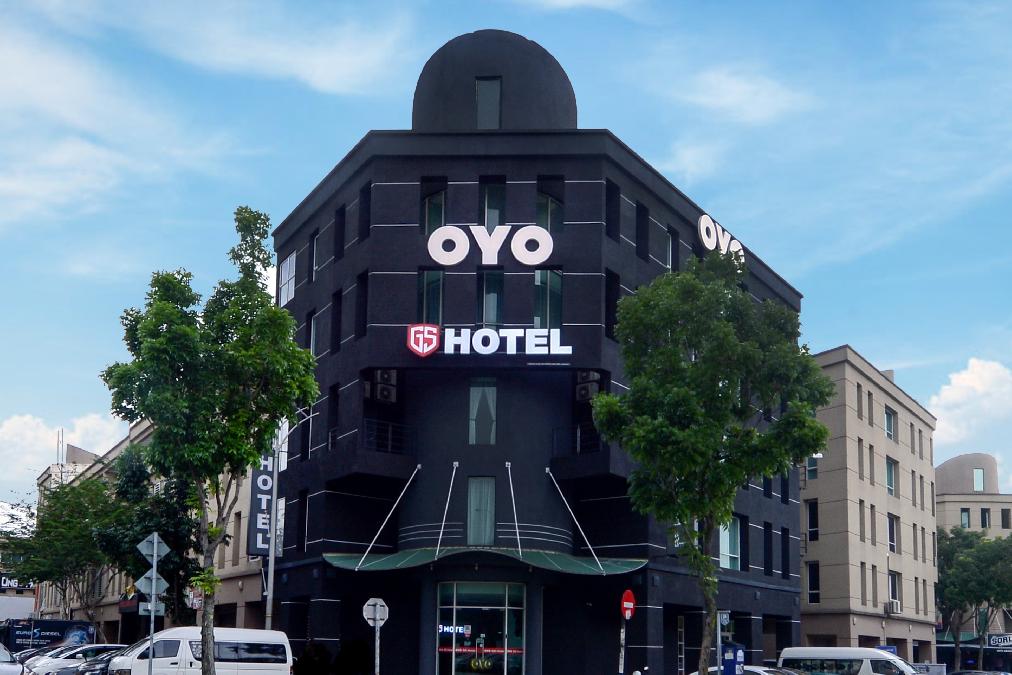

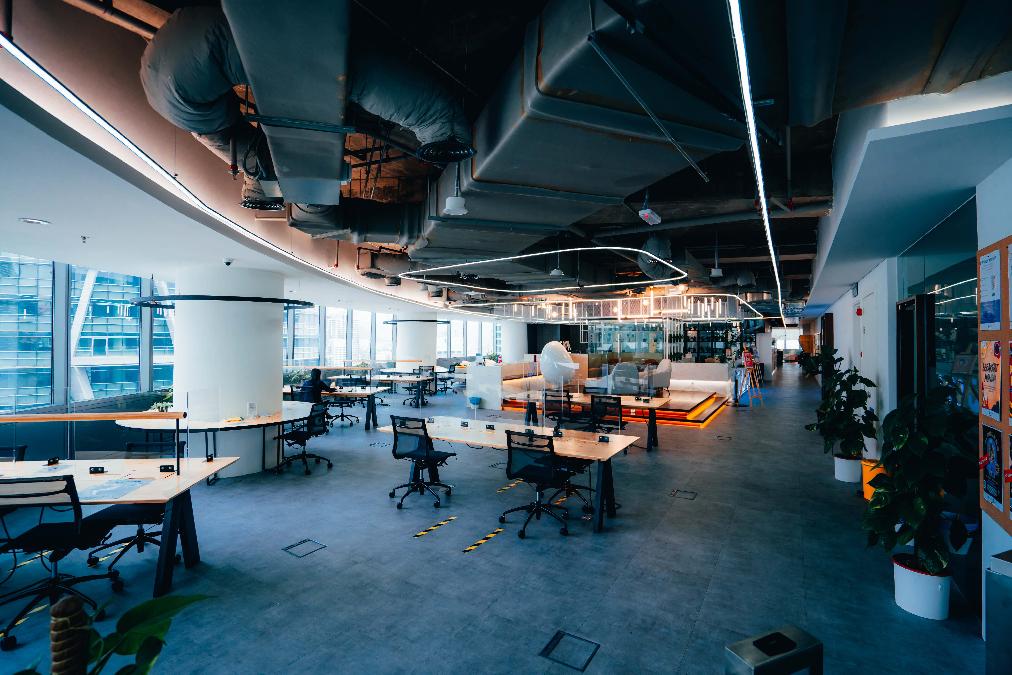
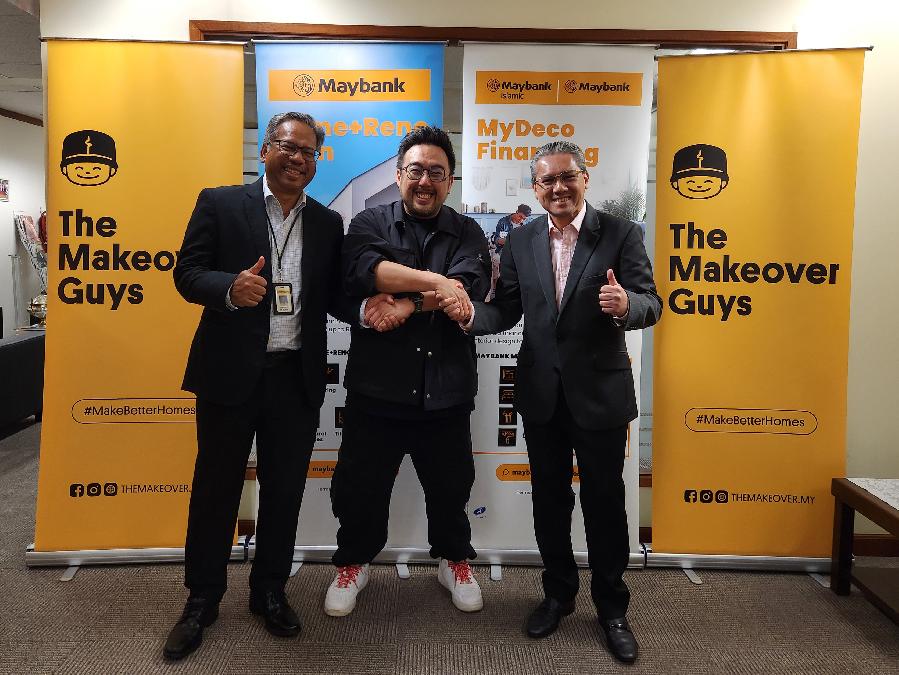
_(2).png)
.jpeg)
.jpg)


